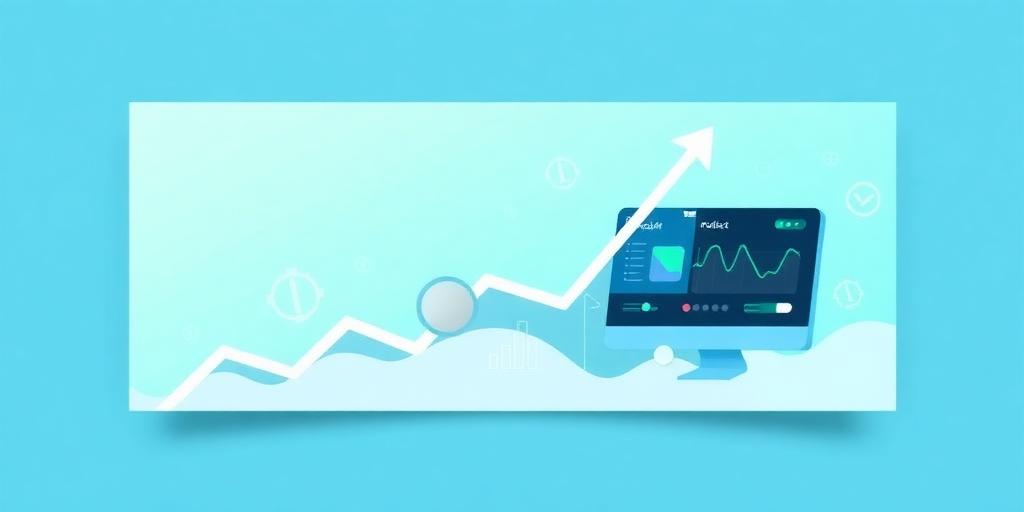Product-Led Growth (PLG): Is It the Future for All SaaS?
Product-Led Growth (PLG) has emerged as a dominant strategy in the SaaS world, but is it the right approach for every company? Let's dive into what PLG entails, its benefits, challenges, and whether it's truly the future for all SaaS businesses.
What is Product-Led Growth?
Product-Led Growth is a go-to-market strategy where the product itself is the primary driver of customer acquisition, activation, retention, and expansion. Unlike traditional sales-led or marketing-led approaches, PLG relies on users experiencing the value of the product firsthand.
Key characteristics of PLG include:
- Freemium or Free Trial Models: Allowing users to try the product before committing to a purchase.
- Focus on User Experience: Designing the product to be intuitive and deliver value quickly.
- Data-Driven Iteration: Continuously improving the product based on user feedback and behavior.
- Self-Service: Empowering users to find solutions and onboard independently.
Benefits of Product-Led Growth
PLG offers several compelling advantages:
- Reduced Customer Acquisition Cost (CAC): By leveraging the product for acquisition, companies can significantly lower their reliance on expensive sales and marketing efforts.
- Faster Sales Cycles: Users can experience the product's value immediately, shortening the time it takes to convert them into paying customers.
- Improved Customer Satisfaction: When users can easily access and use the product, satisfaction levels tend to be higher.
- Scalability: PLG models can scale more efficiently as the product drives growth, reducing the need for proportional increases in sales and marketing resources.
Challenges of Product-Led Growth
Despite its benefits, PLG is not without its challenges:
- Requires a Strong Product: The product must be intuitive, valuable, and capable of delivering a great user experience.
- Complexity in Implementation: Implementing a PLG strategy requires careful planning and execution across product development, marketing, and sales.
- Not Suitable for All Products: Complex or highly specialized products may require a more traditional sales-led approach.
- Measuring Success: PLG relies heavily on data and analytics to track user behavior and measure success, which can be challenging to implement effectively.
Is PLG the Future for All SaaS?
While PLG has proven to be highly effective for many SaaS companies, it's not a one-size-fits-all solution. The suitability of PLG depends on several factors:
- Target Audience: PLG works best when targeting tech-savvy users who are comfortable trying new products independently.
- Product Complexity: Simple, easy-to-use products are better suited for PLG than complex, enterprise-level solutions.
- Market Competition: In highly competitive markets, PLG can help differentiate a product and drive adoption.
Conclusion
Product-Led Growth is a powerful strategy that can drive significant growth and efficiency for SaaS companies. However, it's essential to carefully evaluate whether PLG aligns with your product, target audience, and overall business goals. While PLG may not be the future for all SaaS, it will undoubtedly continue to play a significant role in the industry's evolution.









